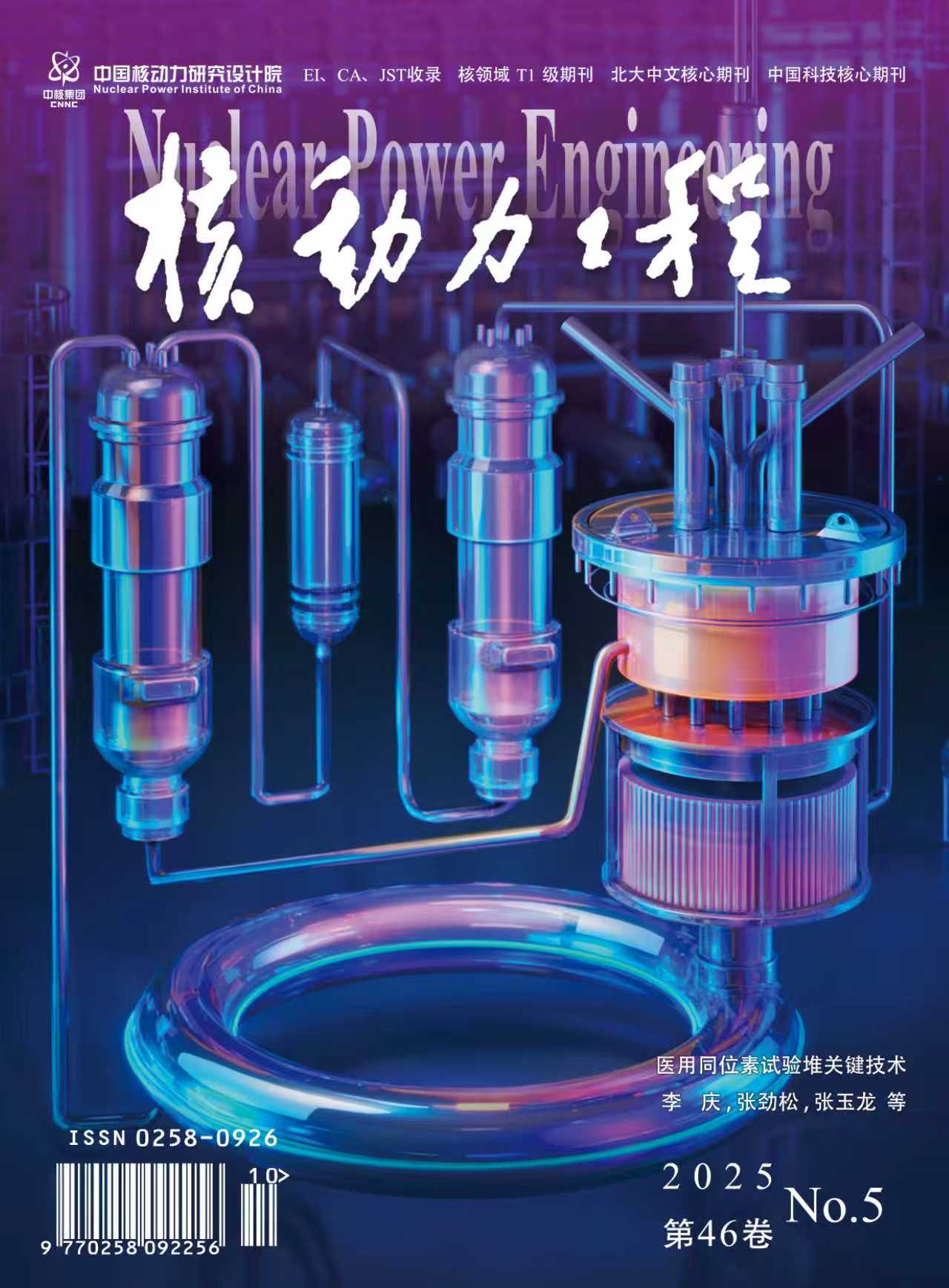2008 Vol. 29, No. 5
Display Method:
2008, 29(5): 1-4.
Abstract:
2008, 29(5): 5-8.
Abstract:
2008, 29(5): 9-14.
Abstract:
2008, 29(5): 15-21.
Abstract:
2008, 29(5): 22-24,32.
Abstract:
2008, 29(5): 25-28.
Abstract:
2008, 29(5): 29-32.
Abstract:
2008, 29(5): 33-37,42.
Abstract:
2008, 29(5): 38-42.
Abstract:
2008, 29(5): 43-47.
Abstract:
2008, 29(5): 48-51.
Abstract:
2008, 29(5): 52-55,59.
Abstract:
2008, 29(5): 56-59.
Abstract:
2008, 29(5): 60-63.
Abstract:
2008, 29(5): 64-68.
Abstract:
2008, 29(5): 69-71.
Abstract:
2008, 29(5): 72-76.
Abstract:
2008, 29(5): 77-79,90.
Abstract:
2008, 29(5): 80-82.
Abstract:
2008, 29(5): 83-85,93.
Abstract:
2008, 29(5): 86-90.
Abstract:
2008, 29(5): 91-93.
Abstract:
2008, 29(5): 94-97.
Abstract:
2008, 29(5): 98-102.
Abstract:
2008, 29(5): 103-106.
Abstract:
2008, 29(5): 107-108,113.
Abstract:
2008, 29(5): 109-113.
Abstract:
2008, 29(5): 114-116.
Abstract:
2008, 29(5): 117-118,137.
Abstract:
2008, 29(5): 119-123.
Abstract:
2008, 29(5): 124-128.
Abstract:
2008, 29(5): 129-132.
Abstract:
2008, 29(5): 133-137.
Abstract:
2008, 29(5): 138-141.
Abstract:
2008, 29(5): 142-144,14.
Abstract:



